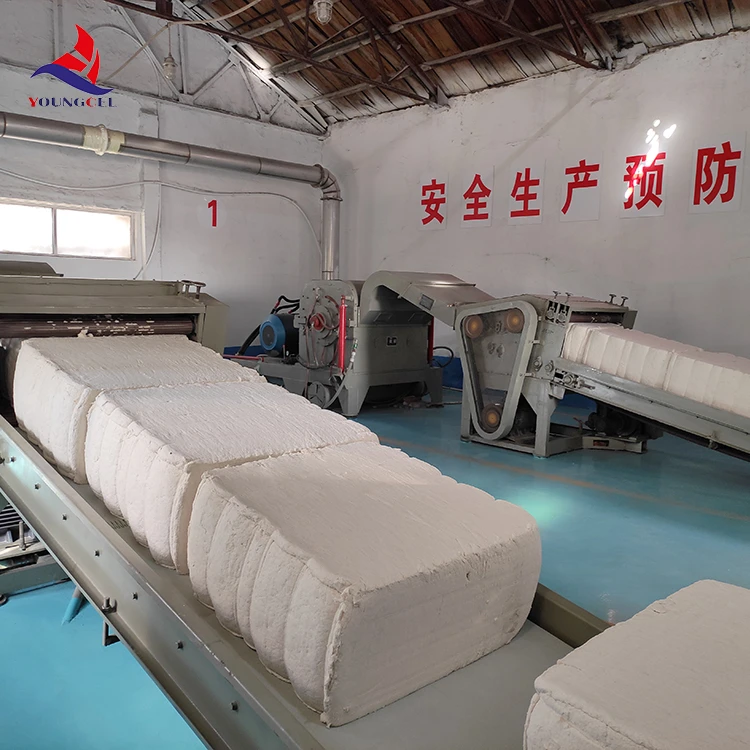The Advancements and Applications of Ceramic Adhesives
In the realm of materials science, ceramic adhesives have gained significant attention due to their unique properties and versatile applications. These adhesives, primarily composed of inorganic materials, are designed to bond ceramic materials together, but their capabilities extend far beyond that. In recent years, advancements in ceramic adhesive formulations have led to innovative solutions across various industries, including construction, electronics, and even aerospace.
One of the most notable features of ceramic adhesives is their high-temperature resistance. Unlike traditional organic adhesives, ceramic adhesives can withstand extreme temperatures, making them ideal for applications in environments where heat and thermal stress are prevalent. For instance, in the automotive and aerospace industries, ceramic adhesives are used to bond components that experience significant temperature fluctuations. They provide stability and durability, ensuring that critical parts remain securely bonded during operation.
In addition to their thermal resistance, ceramic adhesives exhibit excellent chemical resistance. This characteristic is particularly valuable in industries such as chemical processing and food production, where exposure to harsh chemicals can compromise the integrity of conventional adhesives. Ceramic adhesives can endure aggressive solvents and acids, providing a reliable bond that increases the lifespan of components and reduces maintenance costs.
Another key advantage of using ceramic adhesives is their ability to form strong and rigid bonds. The inherent hardness of ceramics allows for the creation of joints that can withstand mechanical stresses better than those bonded with traditional adhesives. This property is crucial in structural applications, where load-bearing capacity is essential. For example, ceramic adhesives are often employed in the construction of bridges and buildings, providing resilience against the forces of nature and the wear and tear of everyday use.
ceramic adhesives

The versatility of ceramic adhesives also extends to various substrate materials. They can bond not only ceramics but also metals, glass, and some types of plastics. This adaptability makes them suitable for a wide range of applications, from household repairs to high-tech manufacturing processes. The ability to bond dissimilar materials is particularly advantageous in the electronics sector, where manufacturers often need to join components made from different substances without compromising performance.
Ceramic adhesives are also becoming increasingly popular in the realm of arts and crafts. Artists and designers appreciate these adhesives for their strength and aesthetic qualities. When used in pottery, sculptures, or mosaic projects, ceramic adhesives can enhance the integrity and longevity of the final product. Moreover, advances in adhesive formulation have led to the development of clear and color-matching options, allowing creators to maintain the visual appeal of their work.
Sustainability is another aspect driving the evolution of ceramic adhesives. As industries move toward greener practices, many manufacturers are exploring eco-friendly formulations that minimize environmental impact. This trend aligns with the increased demand for materials that are both efficient and sustainable, making ceramic adhesives an attractive option for businesses committed to reducing their carbon footprint.
In conclusion, ceramic adhesives represent a remarkable intersection of science and practical application. Their high-temperature and chemical resistance, ability to bond diverse materials, and structural integrity position them as superior choices for various industrial and artistic pursuits. As technology continues to advance, we can expect further innovations in ceramic adhesive formulations, ultimately broadening their applications and enhancing their benefits across multiple sectors. The future of bonding technology is undoubtedly bright with the ongoing development of ceramic adhesives, paving the way for new heights in manufacturing, construction, and creative endeavors.




